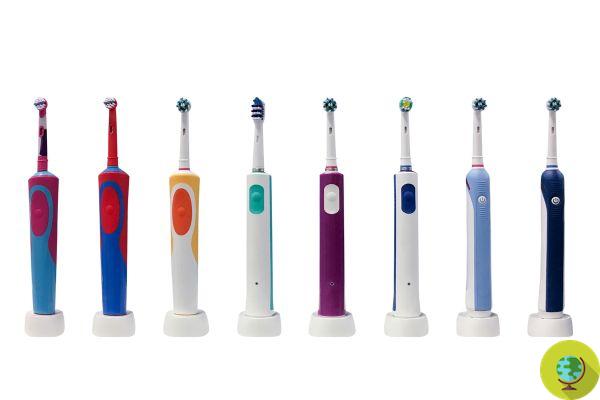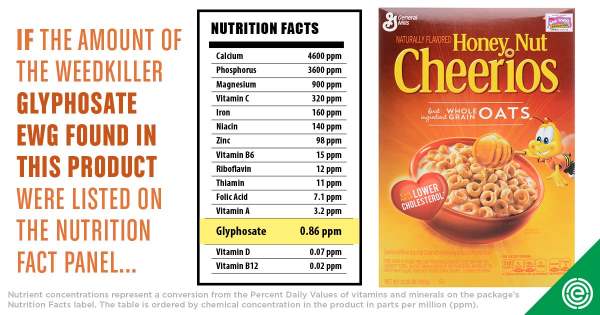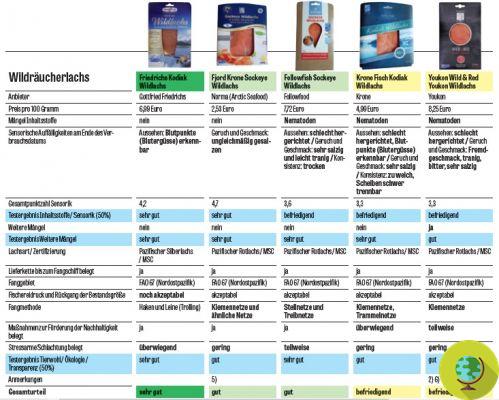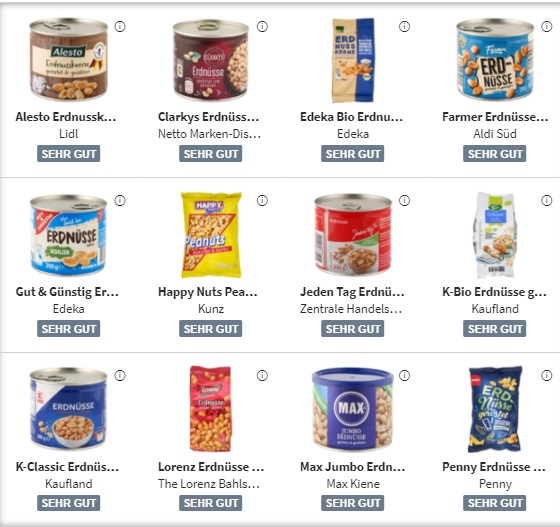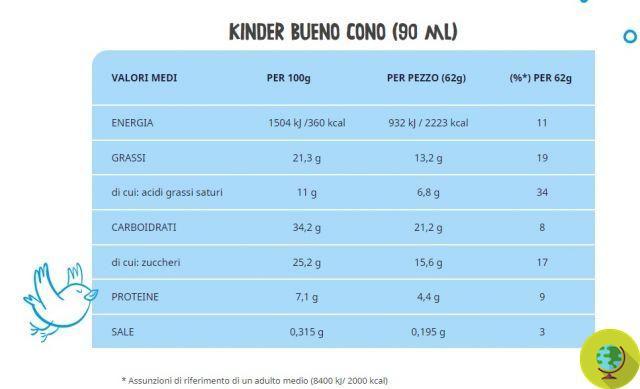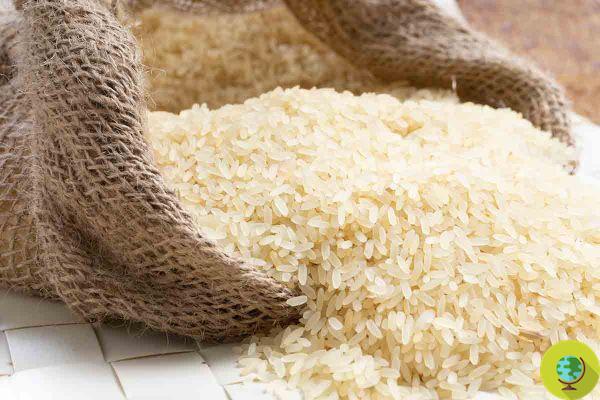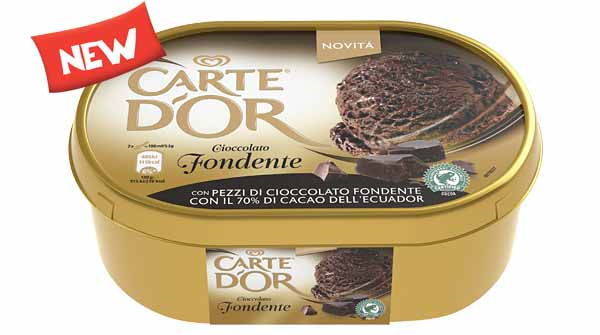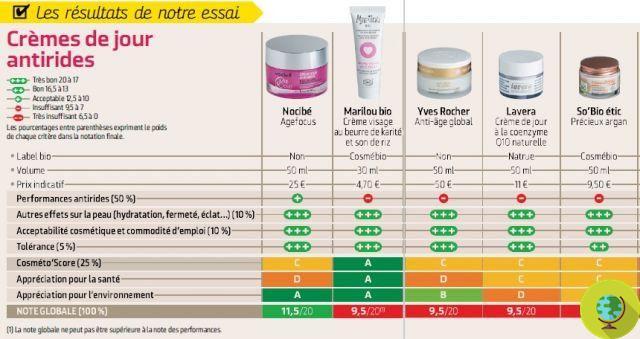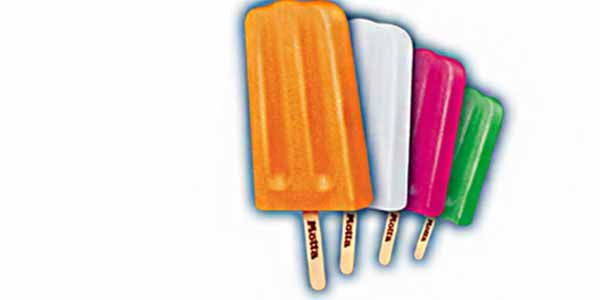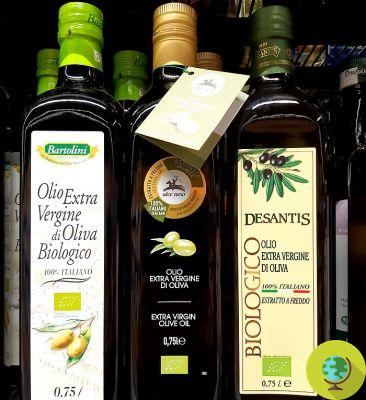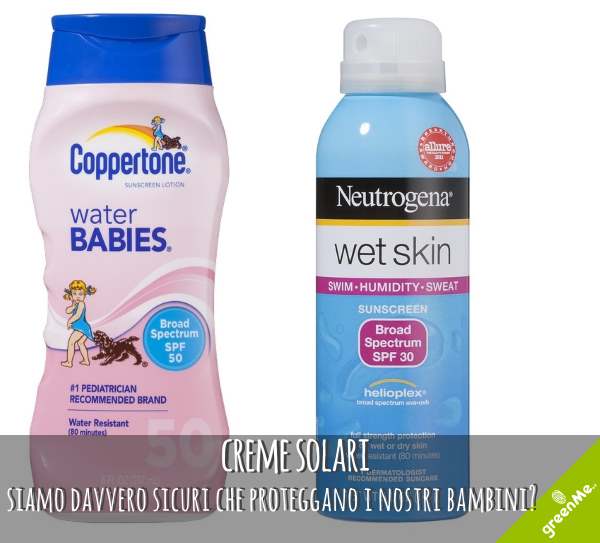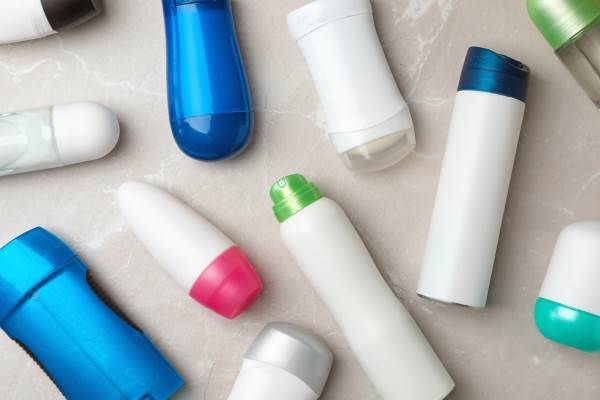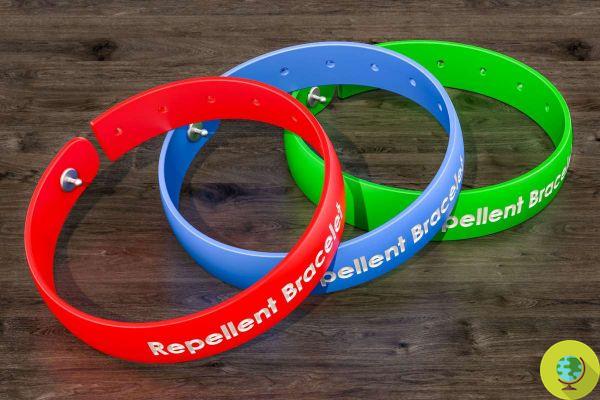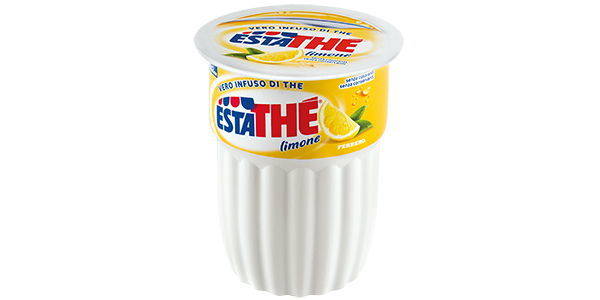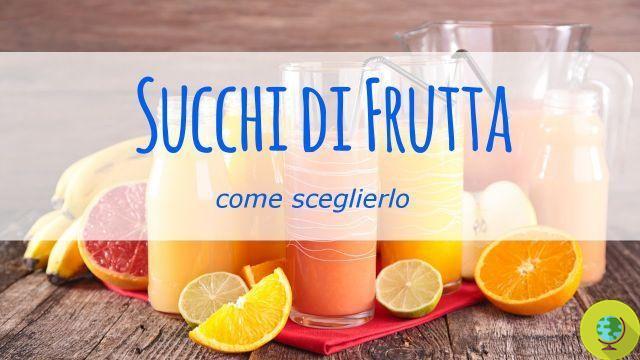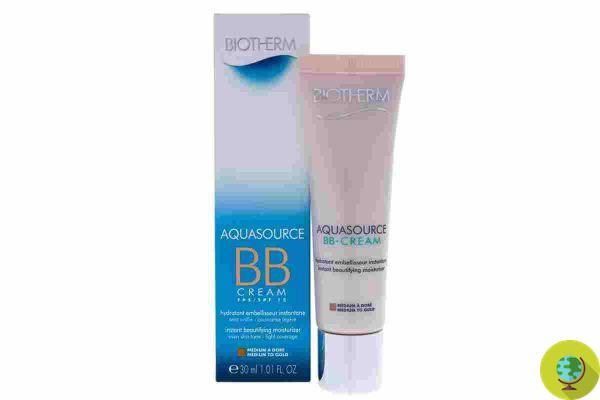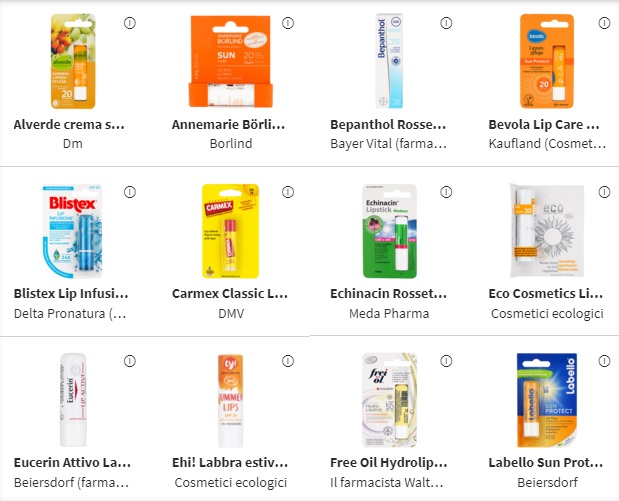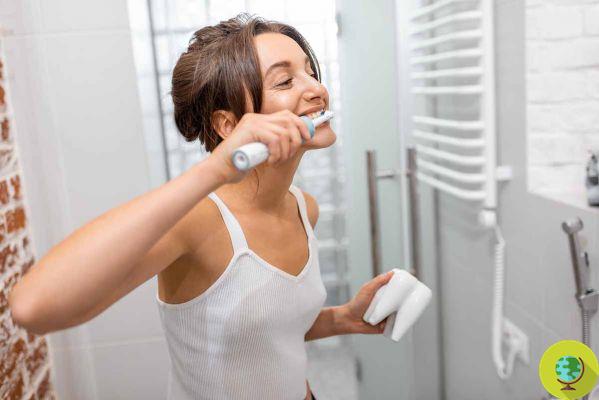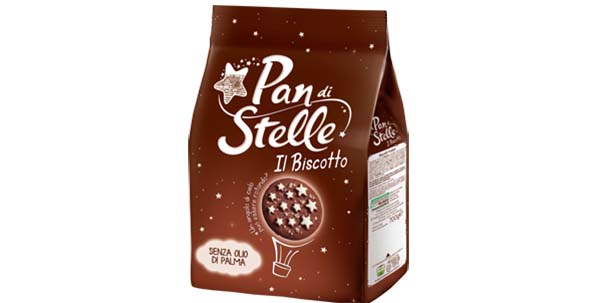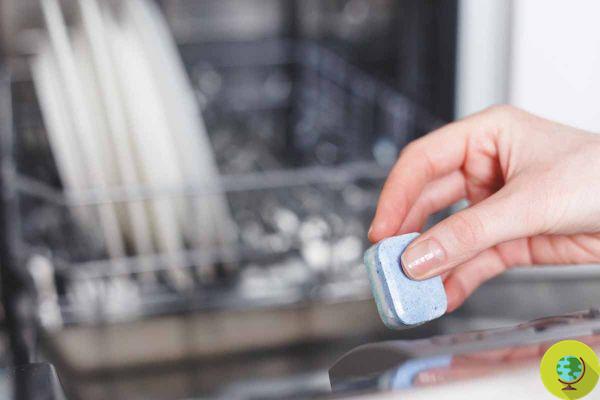
Don't store avocado like this: it's dangerous
As is now known, detergents can contain chemicals that are harmful to humans and the planet. But which components to pay attention to? Mamavation, a community of “green” parents in the United States, has made a list of ingredients to avoid.
Dishwashing detergents are made with a number of chemicals and, although they have improved over the years, in many cases they still contain some toxic and polluting ingredients that can cause various problems:
- Toxicity to aquatic organisms
- Bioaccumulation: when substances enter the food chain they can accumulate in the environment or in the human body
- Poor biodegradability
- Health problems: if they contain carcinogenic, toxic for reproduction, mutagenic or allergenic components.
- Eutrophication: Excessive nutrient saturation in the environment causing problems such as algae bloom.
Index
The ingredients to avoid
Most dishwashing detergents contain at least one chemical (and generally many more) that can harm aquatic life, disrupt the endocrine system, or have been linked to cancer. We are talking about surfactants, emulsifiers, viscosity regulators, chelating agents, descaling agents, artificial dyes, preservatives, bleaching or oxidizing stabilizers.
Mamavation recommends avoiding certain ingredients found in dish soap.
We remind you that if you want to know in detail all the components of a specific detergent, perhaps for allergy reasons, it is good to contact the manufacturer directly for clarification on this.
As the National Center for Chemicals, Cosmetic Products and Consumer Protection (CNSC) which belongs to the ISS, on the detergent labels we find:
- Indications on ingredients (usually the web address to refer to in order to find the list online that is not shown on the label is indicated).
Unknown fragrances
Behind this term there are hundreds of ingredients, some of which are toxic to humans and the planet. An example of hormone-altering chemicals that may hide behind the term “fragrance” are phthalates, which are used as solvents to extend the aromatic strength of the fragrance.
Polyacrylates
Used as dispersing agents, they have film-forming and binding capabilities that are used in dishwashing detergents. The concern with acrylates is the impurities that tend to coexist with them. Chemicals such as acrylic acid, 2-ethylhexyl acrylate and methacrylic acid and acrylamide have been linked to reactions in the skin, eyes and throat. The International Agency for Research on Cancer and the United States Environmental Protection Agency (EPA) have classified acrylates as possible human carcinogens. They are also toxic to aquatic life.
Examples of acrylates: ethyl acrylate; ethyl ester of acrylic acid, ethyl propenoate, EA; ethyl methacrylate, ethyl ester, methacrylic acid, ethyl ester, ethyl 2-methyl-2-propenoate, EMA; methyl methacrylate; ethyl methacrylate; methacrylate monomer, methyl ester of methacrylic acid, methyl-2-methyl-2-propenoate, MMA; acrylic / acrylate copolymer, acrylic / acrylate copolymer
Preservatives
Preservatives isothiazolinone and methylisothiazolinone are very common in dish detergents. These substances are toxic by inhalation, can cause contact dermatitis, allergic reactions and neurotoxicity. They are also extremely toxic to aquatic organisms.
Examples of preservatives: Metilisotiazolinone, 3(2H)-Isotiazolone, 2-metil-, 2-Metil-2H-isotiazol-3-one, 2-Metil-4-isotiazol-3-one, 2-Metil-3(2H )-isotiazolone, metilcloroisotiazolinone
Benzisotiazolinone
This chemical is an antimicrobial agent found in cleaning products and some personal care products. It is mostly known as an irritant to the skin, eyes and lungs. Benzisothiazolinone is a known sensitizer and also an environmental pollutant, toxic to aquatic life.
Ingredients that release formaldehyde
The International Agency for Research on Cancer (IARC) has classified formaldehyde as a human carcinogen. This substance is also linked to problems such as headaches, runny nose, nausea, breathing difficulties and asthma attacks.
The problem is that “formaldehyde” will never be found on the label of a dish soap, but that doesn't mean it isn't inside as a contaminant. Generally, it is released by other agents present in the composition of the detergent.
Examples of agents that release formaldehyde:
- Formalin
- Bronopol
- 2-bromo-2-nitropropane-1,3-diolo
- DMDM is tolerated
- Imidazolidinil urea
- Diazolidinil urea
- Sodium hydroxymethylglycinate
Ethoxylates
Ethoxylation is a chemical process that uses ethylene oxide (EtO) to transform alcohol or other substances into a surfactant. In this way the products interact better with each other and the detergent becomes more effective. The biggest problem, however, is that the ethoxylation process produces traces of 1,4-dioxane and ethylene oxide, both of which are known carcinogens. It also produces polyethylene glycol (PEG) compounds.
Examples: sodium laureth sulfate, anything ending in -eth, such as Ceteareth-20, Steareth-20, alcohol ethoxylates, polyethylene glycol, PEG, ethylene glycol, sodium laureth sulfate (SLES), polysorbate-20 and polysorbate -40.
Surfactants
Surfactants are among the main ingredients of detergents, useful for trapping dirt and removing it from surfaces. They can be of different kinds: anionic, non-ionic, cationic or amphoteric but in the case of dishwashing detergents, most are anionic and non-ionic surfactants.
- Anionic surfactants: These ingredients can be made from a wide range of crude fats and oils, including soy, palm, tallow and coconut. Examples of this are sulfates, such as Sodium Lauryl Sulfate (SLS) and Sodium Laureth Sulfate (SLES), ammonium lauryl sulfate (ALS), sodium stearate, sulfonates and gluconates.
- Non-ionic surfactants: when it comes to eliminating fat, non-ionic surfactants are particularly effective, more so than anionics. In many detergent formulations the two types of surfactants are used together to create a double action. Examples of non-ionic surfactants include ethoxylates such as fatty ethoxylated alcohols, cocamides such as cocoamide monoethanolamine (Cocomide MEA), cocamide diethanolamine (Cocamide DEA), amine oxides, sulfoxides, nonylphenols and nonylphenols ethoxylates. These chemicals vary in toxicity.
One of the main problems of surfactants (anionic and non-ionic) is their effects on aquatic life.
PEG
PEGs are petroleum-based compounds widely used in cosmetics and detergents. These can be contaminated with measurable amounts of ethylene oxide and 1,4-dioxane, both of which are carcinogenic. There are also some concerns that PEGs could be genotoxic.
Examples include: PEG, polymers and polysorbates PEG-PEG-4, PEG-6, PEG-7, PEG-8, PEG-75, PEG-100, PEG-40 hydrogenated castor oil, PEG-20 lauramine, PEG dimethicone -10, Polysorbate 20, Polysorbate 40, Polysorbate 60, Polysorbate 80.
Source: Mamavation
Read also:
- Do capsules and tabs for washing machines and dishwashers release microplastics? The test
- Washing the dishes: the dishwasher is more environmentally friendly than hand washing only if you DO NOT make this mistake
- How to clean the dishwasher: tips and tricks to eliminate bad smells
- Why do glasses become opaque in the dishwasher? Tricks to make them shine again




